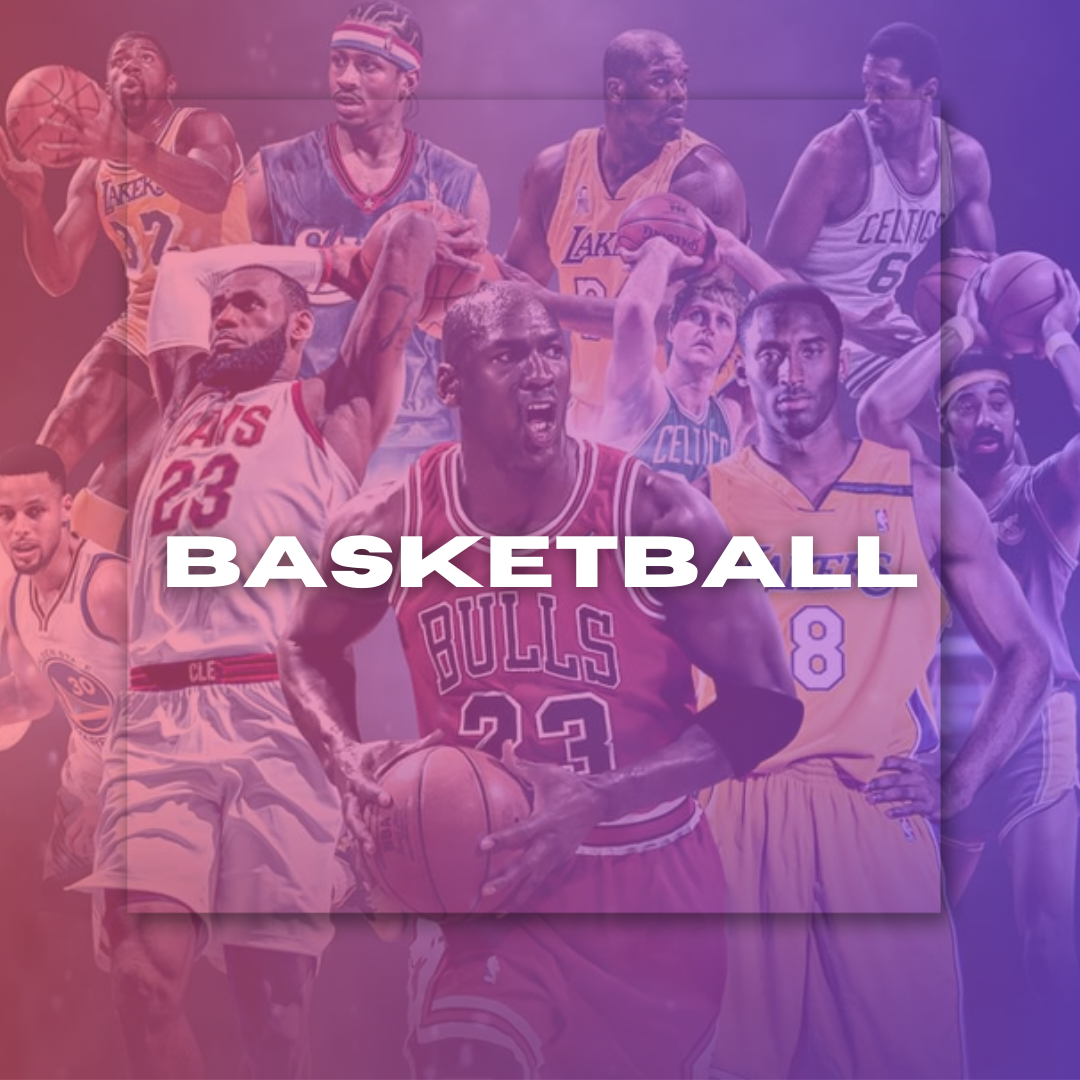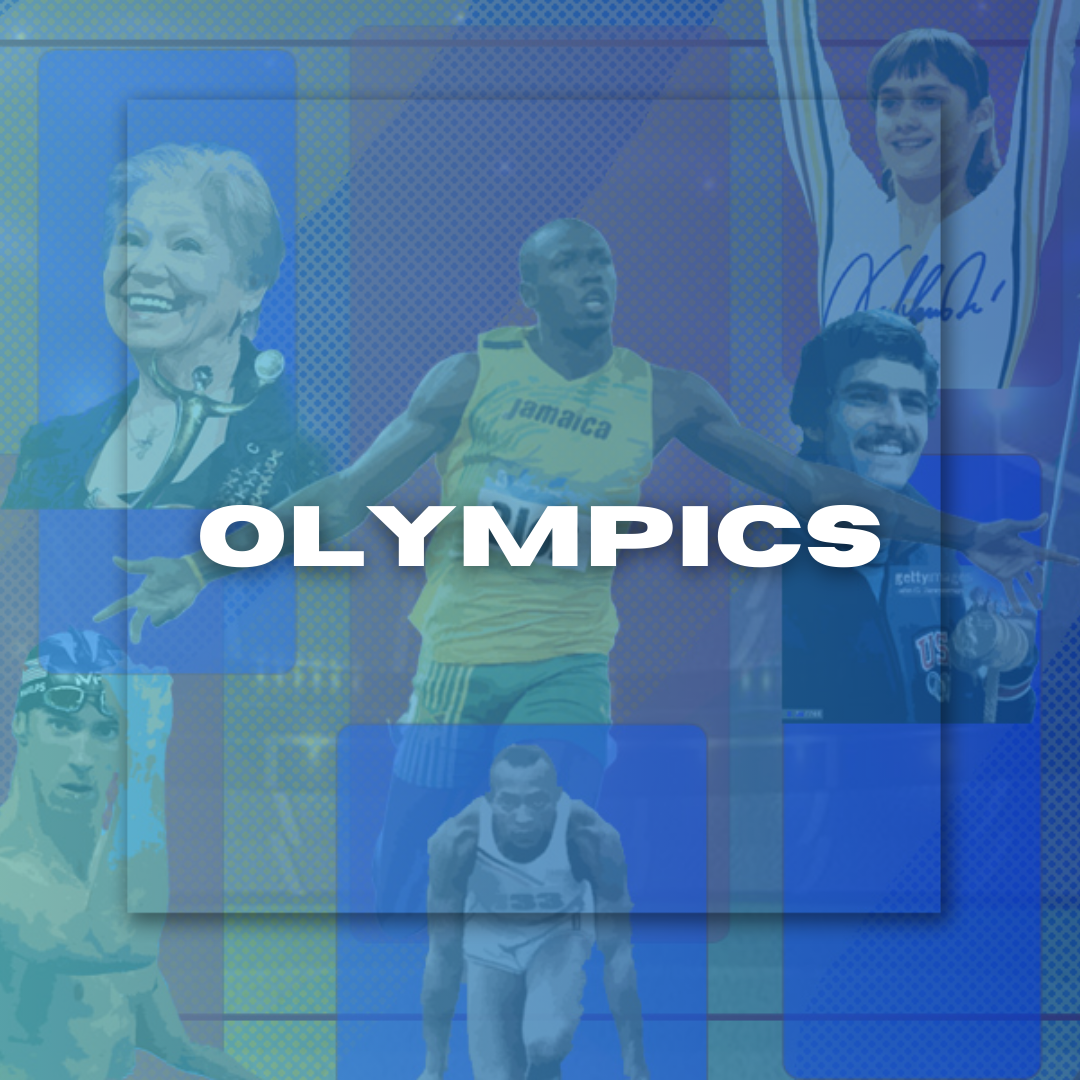
Golf's Future: Debating the Impact of New Technology on Tradition
By Indra Gunawan August 08, 2024 05:36
Golf, a venerable sport with centuries of history and tradition, is at an inflection point as new technologies continue molding its landscape. Technology is changing everything about how golfers learn, play, and practice, from cutting-edge gadgets to inventive improvements in how we experience the game. In this article, Fan Arch outlines how these advances are changing the nature of golf and filter both traditionalist perspectives versus those encouraging innovation through different conclusions about what to do.
How Technology Has Revolutionized Golf Clubs
The Development of Golf Clubs and Balls
Titanium and graphite are just examples of how club design has evolved. For example, titanium drivers introduced in the late 20th century are lighter and have more strength than those made of steel earlier; hence, they allow bigger clubheads to create higher swing speeds and, subsequently, longer drives. That sea change has transformed the entire sport and allowed most competitors to hit the ball farther.
In the same way, high-performance golf ball designs, such as multi-layer construction and sophisticated dimple patterns, have improved aerodynamics and spin control. These advancements let golfers have more reach and a better aim when hitting the ball. One such industry benchmark is Titleist's introduction of its Pro V1 ball, which provides golfers with unprecedented feel and performance that help lower scores and create a more competitive game for everyone.
Technological Advancements
The introduction of launch monitors and other measurement technologies has become just as crucial to the golfing experience as equipment. These things provide instant ball speed, club head speed, and launch angle information, allowing players to understand better their swing and what should be in their bag. Club Champion and True Spec Golf have built large retail chains around these technologies, which provide customized fitting experiences that boost customer satisfaction and revenue.
One such regard would be the smart golf balls In The Hole Golf offers, like the GEN i1 and their latest upgraded model genius balls, which also include some embedded sensors to determine fundamental performance metrics. So, not only does this innovation improve player performance, but it also contributes useful data that can be used for the training and development of those players.
Traditionalist Attitudes
Technology, however, comes with drawbacks to the purists who might say these advancements water down what golf should be all about. They argue that an over-reliance on technology may decrease the value of practice and efficiency-building disciplines. For example, some critics argue that the advances in clubs have made it too easy to bomb drives upwards of 300 yards down a fairway almost as wide and straight as the interstate, taking away from important course management elements like shot selection.
Naysayers also worry that technology will force a chasm between players. As equipment gets increasingly advanced, they are worried that technology will dominate and players won't build their skills by playing the game. That dependency could create a less pure golfing experience than it used to be before modern technology reared its ugly head.
Counterarguments
To critics of these advancements, adherents to technology suggest almost predictably at this point that new gear and training implements don't render skill irrelevant but deepen one's personal experience with the game as a whole. Technology can help break down traditional barriers to golf entry by allowing beginners to taste the sport at home without being deterred by its steep learning curve. However, technology can also create an environment of inclusivity that promotes participation by giving players the tools they need to understand their swings and how to improve them.
Their other point is that technology and tradition are not mutually exclusive. For instance, while contemporary clubs might help power the ball a bit more down the fairway, they force players to get the craftiest layout and shoot the lowest scores on ever-longer layouts. Games progress, and those who want to play them will have ways of interacting with the games they're playing.
The Effects On The Broader Culture And Economy
Impact on the Golf Industry
Because the equipment is being further refined, manufacturers are spending a lot more on their research and development to out-compete other players. In competitive markets, companies always strive to develop improved products because of this trend. Its impact on the economy is significant, with golf gear sales soaring to a multi-billion industry due to consumer demand for even better equipment.
In addition, technology is changing the way courses are built and maintained. Drone technology and automated irrigation systems are increasingly being used in golf courses to monitor their condition. These improvements will make playing easier and more enjoyable while solving problems with classic golf course treatments that harm the environment.
Player Development & Engagement
Data analytics and performance tracking have made it easier for golfers to gain in-depth insights into their game, driving targeted improvement. With Apps and wearable technology providing real-time analysis, players can refine situational skills more empirically than ever.
Also, the technological advances in broadcasting and fan experience are changing how golf is viewed. Novel views like augmented reality and interactive broadcasts attract new spectators to the sport or make it more exciting for existing viewers—this new era of augmented. PGA Tour is gearing up for a changed future. The PGA Tour is leaning toward change with plans that include drones and real-time analytics to reach younger fans in hopes that the long-term strategy will increase millennials' interest.
A Complex and Evolving Debate
The debate over technology's role in golf has numerous sides and consequences. Where traditionalists raise concerns over core skills becoming redundant and the game's authenticity being compromised, proponents argue for accessibility, engagement, and improvements in our performance.
Golf must protect the traditions of a game played over centuries, but it also cannot close itself off from what tech has to offer as we continue bounding toward the future. Creating an environment that nurtures learning alongside the burgeoning wave of technology advancements will result in a future for golfing that ticks all boxes, whether you are a seasoned swinger or novice golfer. The real test is navigating this proverbial minefield where the past should meet with tomorrow in a continued effort towards upholding and furthering golf's legacy.

































































